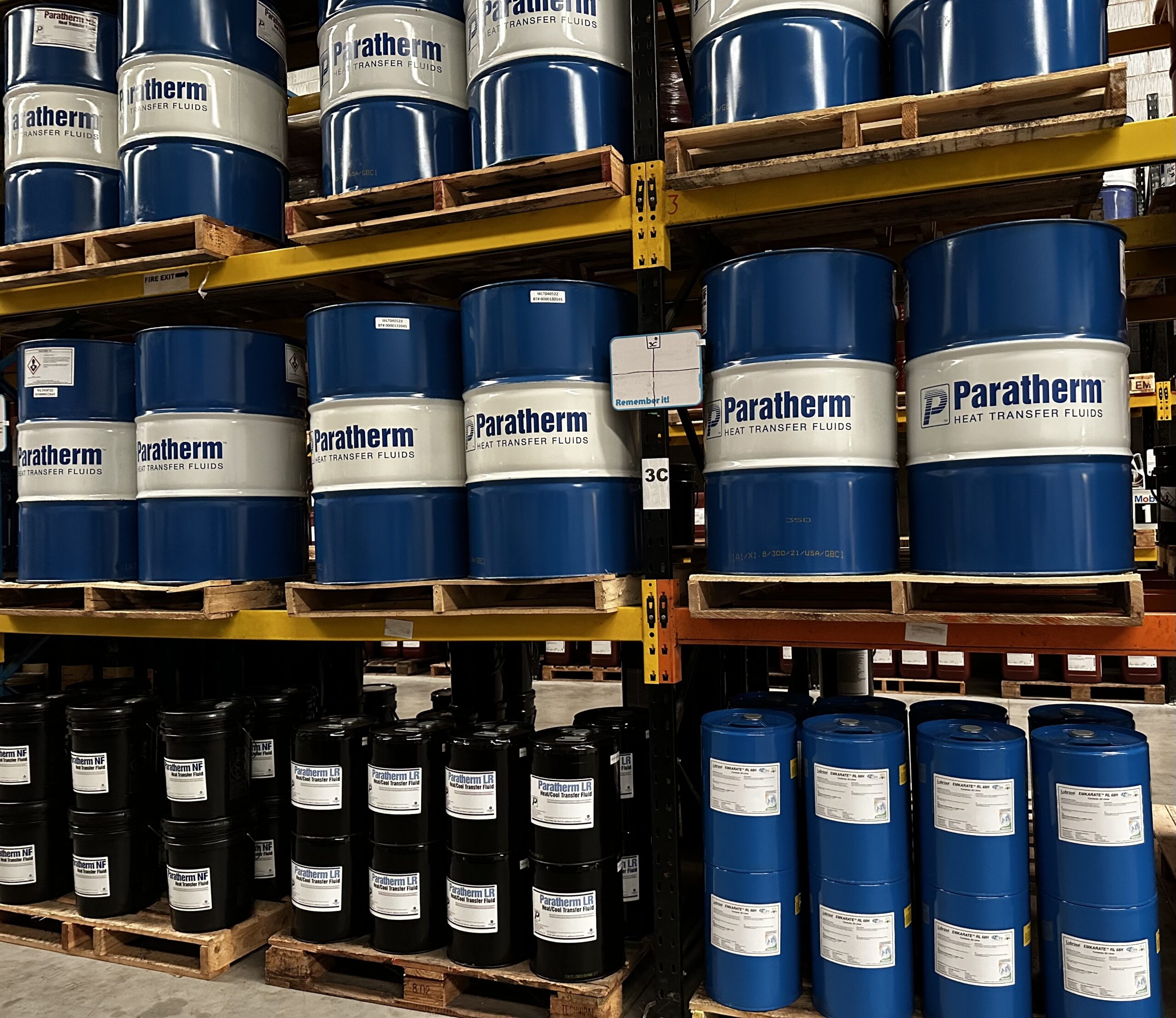Secret Benefits of Using a High-Performance Heat Transfer Fluid
Secret Benefits of Using a High-Performance Heat Transfer Fluid
Blog Article
Why Warmth Transfer Liquid Is Necessary for Optimizing Energy Transfer in Systems
The function of heat transfer liquids in maximizing energy transfer is critical for attaining reliable thermal administration across numerous commercial fields. These fluids promote smooth warmth exchange, making certain processes operate within optimum temperature level ranges and alleviating the risk of getting too hot.

Duty in Thermal Monitoring
Warm transfer fluids play a vital duty in thermal monitoring by successfully managing temperatures in different industrial processes and systems. These specialized fluids help with the transfer of warmth in between different parts, making certain ideal operating problems and protecting against overheating. By preserving accurate temperature control, warm transfer fluids enable industries such as chemical production, oil and gas, and power generation to run securely and successfully.
The selection of a proper warm transfer liquid depends upon a number of factors, consisting of thermal stability, warm capacity, and thickness. High thermal security makes certain that the liquid can endure severe temperature levels without degrading, while a high warmth ability allows it to take in and launch substantial quantities of warmth - heat transfer fluid. Low viscosity reduces the power needed for pumping, adding to total system performance
Furthermore, warm transfer liquids are important in applications like refrigeration, where they assist take in and dissipate heat throughout the cooling cycle. In solar thermal power systems, these liquids capture and transport solar warm to produce electricity or offer warm water. Their versatility to varied operating conditions and ability to keep regular thermal efficiency underscore their significance in industrial thermal management, facilitating functional connection and improving precaution.

Enhancing System Efficiency
To take full advantage of the benefits of thermal monitoring, improving system performance with the strategic use of warm transfer liquids is vital. By maintaining optimal temperature levels, heat transfer fluids help make certain that systems run within their developed criteria, thereby avoiding overheating and reducing the threat of part failing.

Sorts Of Warm Transfer Fluids
The diversity of heat transfer fluids emphasizes their crucial duty in a variety of commercial applications, each tailored to satisfy particular thermal administration requirements. These liquids facilitate reliable power transfer and are selected based on crucial buildings such as thermal security, viscosity, and heat capability. The primary types include water, glycol remedies, oils, and synthetics, each offering unique advantages.
Water is the most common warmth transfer tool due to its high particular warm capacity and low price. Mineral oils are favored for their thermal stability and non-corrosive nature, making them ideal for high-temperature applications.

Artificial fluids, including silicone and fragrant compounds, offer remarkable thermal security and are made use of in settings demanding extreme temperature level arrays. These liquids ensure exceptional performance in systems where standard fluids might fail. The choice of a warm transfer liquid is crucial, as it influences system performance, safety, and longevity. Each kind has to be chosen to line up with the functional demands and the particular conditions of the application it offers.
Environmental and Economic Perks
Using the appropriate heat transfer fluids supplies substantial ecological and financial benefits for commercial operations. Environmentally pleasant warm transfer fluids, typically eco-friendly and non-toxic, decrease the risk of soil and water contamination in the event of leaks or spills, consequently shielding ecological communities and abiding with stringent ecological regulations.
Financially, the ideal warm transfer liquid can significantly minimize operational prices. Liquids check these guys out with extensive lifecycle efficiency reduce the regularity of replacements and upkeep, lowering downtime and linked expenses. Overall, the calculated use of ideal heat transfer fluids sustains sustainable financial development and ecological stewardship.
Choosing the Right Fluid
Just how does one navigate the complex process of picking the ideal warm transfer liquid for commercial applications? Thermal stability ensures the liquid can endure high temperature levels without weakening, while compatibility prevents corrosion or other detrimental responses with system components.
In addition, the fluid's warmth capability and viscosity are critical. A high heat capacity enables the liquid to soak up and transfer even more power, improving performance. On the other hand, optimal thickness makes certain marginal pump work and efficient warmth transfer, particularly in varying temperature levels. Environmental and safety and security aspects should likewise be component of the decision-making procedure. Non-toxic, naturally degradable fluids reduce environmental effect and adhere to governing standards, find this lessening obligation risks.
Final Thought
The tactical option and application of warm transfer fluids are essential to enhancing energy transfer throughout numerous systems. By ensuring high thermal security and capability, these fluids supply specific temperature level control and enhance general system performance.
Report this page